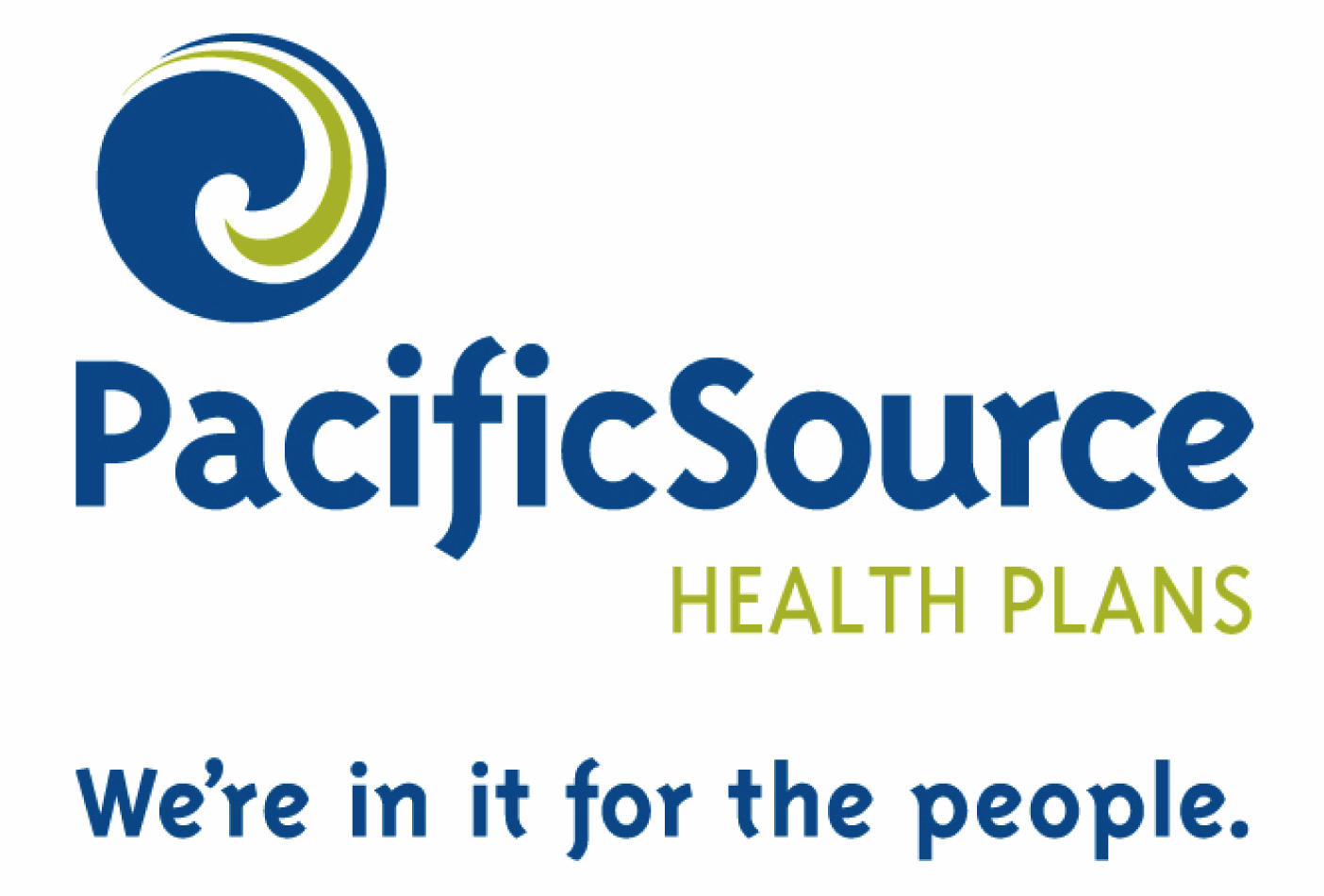The four articles introduced below should slake your thirst for updated health care cost data.
Individual Health Policies Fall Short, a Study Finds
First, A study published online Wednesday in Health Affairs was summarized in The New York TImes by Reed Abelson:
More than half of all medical insurance policies sold to individuals now fail to meet the standards of coverage set by the federal health care law under review by the Supreme Court, a new study says.
Another article reports that the novel idea of controlling health care costs is actually catching on.
For Hospitals and Insurers, New Fervor to Cut Costs
After years of self-acknowledged profligacy, hospitals, doctors and health insurers say there is a strong effort under way to bring medical costs under control. Their goal is to slash the rate of growth in the nation’s $2.7 trillion health care bill by roughly half to keep it more in line with overall inflation.
Private insurers, employers and government officials are providing urgency to these efforts, and the federal health care law passed two years ago helped accelerate them.
A Long View on Health Care: Think Like an Investor
Also in The New York TImes, Gina Kolata talks to Dana Goldman, director of the Schaeffer Center for Health Policy and Economics at the University of Southern California about, “A Long View on Health Care.” Ms. Goldman sounds a lot like Gov. Kitzhaber, for example:
The point of health care reform was essentially to get people insurance. You could say that we would pay for what we really care about, which is health. But health care insurance has not succeeded in giving people health.
The Fork in the Road for Health Care
Lastly, Uwe Reinhardt posted in the Times’ Economix blog. He writes about recent reports, including the annual Milliman Medical Index (see chart above):
For 2012, the nationwide average of the total health spending for a typical family of four was estimated by Milliman to be $20,728.
A just-released study by the Health Care Cost Institute shows that much of these spending increases are the result of rising prices and not of rising use.
His article cites a fair amount of economic data, and seems to make the point that consumers are bearing the brunt of health costs, even if they are covered by an employer-sponsored plan:
On average, according to Milliman, employers contributed 58 percent, or $12,144, to the total cost of $20,728, through contributions to their employees’ health insurance premiums. The family itself contributed another 25 percent, or $5,114, toward the premium via direct payroll deduction. In addition, it spent 17 percent, or $3,470, out of pocket for health care.
Although the family’s contribution of $8,584 is by no means trivial, it is less than half of the total average cost of a family’s health care cost. Most employees probably believe that “the company” – that is, its owners – absorbs the other 58 percent of the family’s total health spending.
Economists have long argued that this is an illusion – that over the longer haul the bulk and possibly all of the ostensibly employer-paid health insurance premiums gets indirectly shifted back into the employee’s paycheck through lower increases in take-home pay.











Recent Comments